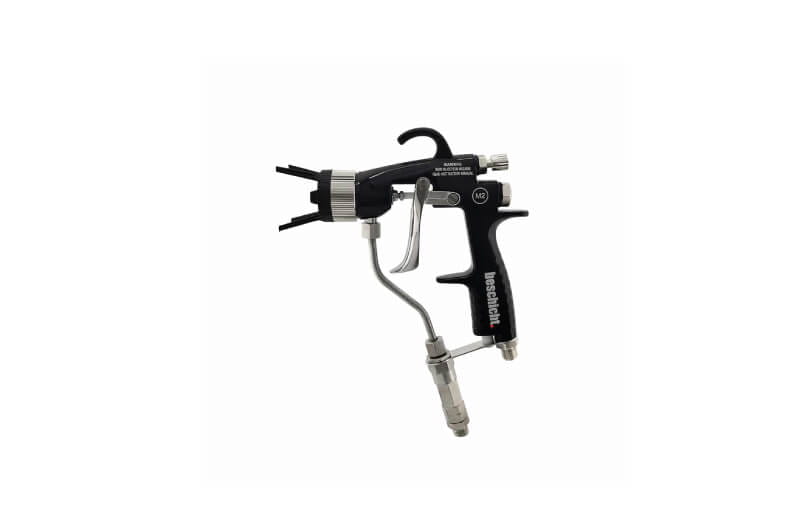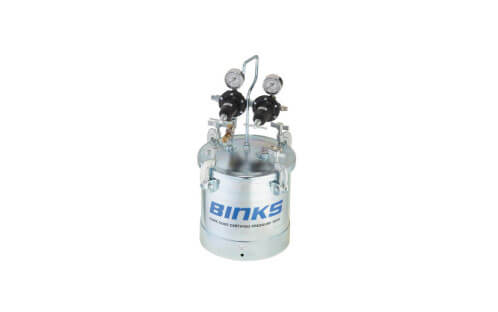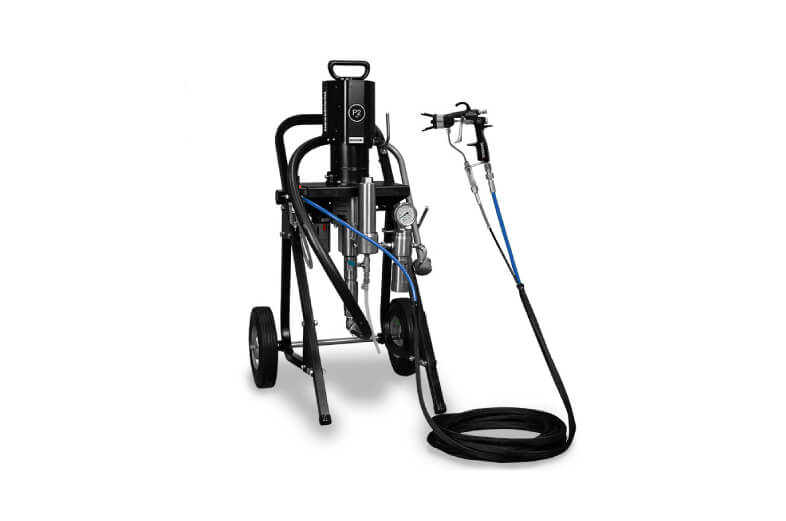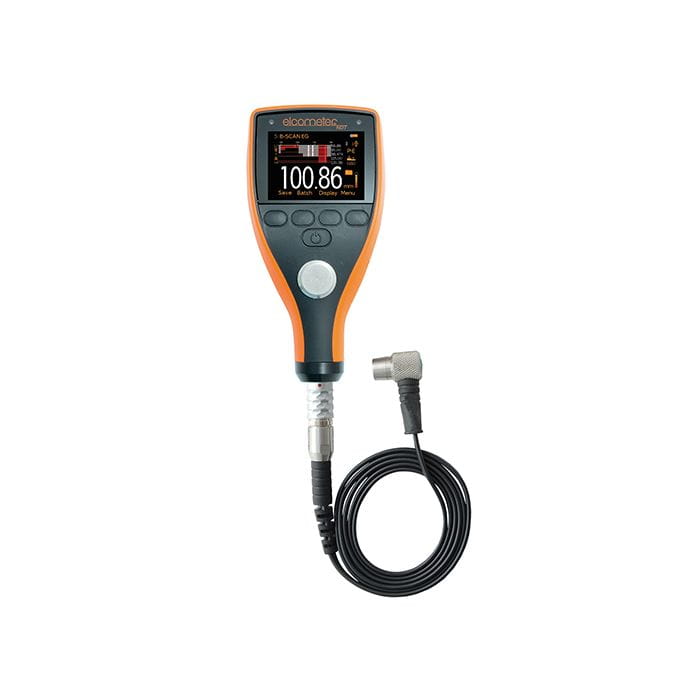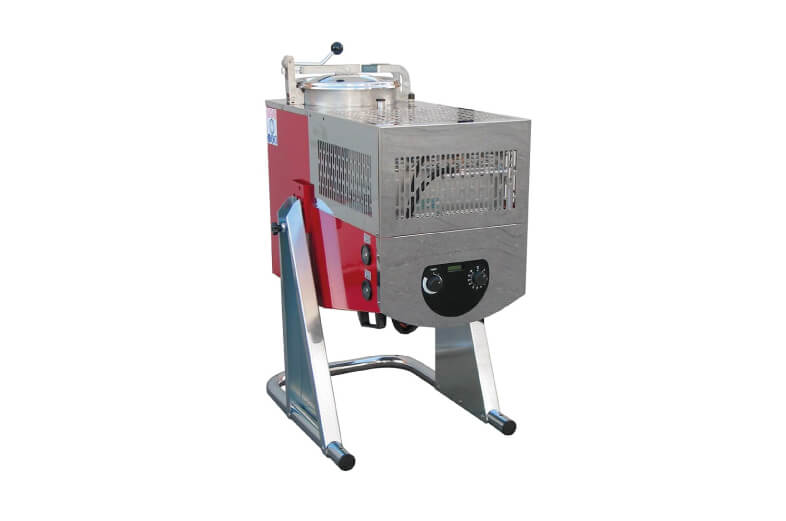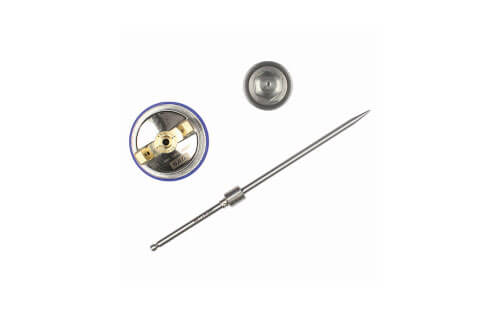DIN EN ISO 12944 "Paints and varnishes – Corrosion protection of steel structures by protective paint systems" standardises corrosion protection using organic wet coating systems on "black" and also on hot-dip galvanised steel (duplex systems).
The Duplex measuring probe from DeFelsko, for example, is excellently suited for measuring duplex systems.
The standard, which dates mainly from 1998, has been completely updated and supplemented by the new Part 9, which regulates coating systems for structures in the offshore sector. The new part 9 replaces the withdrawn standard ISO 20340: 2009 and defines performance requirements for coating systems as well as test methods and evaluation criteria for coating systems for structures in offshore areas and related environments.
For the first time, the coating standard DIN EN ISO 12944 takes the longevity of hot-dip galvanised steel into account to some extent and enables coatings on hot-dip galvanised steel that are one third thinner, even in highly corrosive offshore applications. Table 3 of Part 9 defines the minimum requirements for coating systems and their initial performance. If we compare the requirements for corrosivity category CX (corrosion exposure: extreme), which includes offshore areas with high salt exposure such as oil platforms and wind farms, but also industrial areas with extreme humidity and aggressive atmospheres, it can be seen that coatings on galvanised steel can be thinner and with fewer layers (see Table 1). The minimum number of layers is given here as 2 and the minimum target layer thickness on the metallic coatings is given as ≥ 200 µm.
Duplex systems are more durable: practical example of Fino 1
The higher durability of duplex systems compared to coatings has also been demonstrated in practice. One example of this is the Fino 1 offshore research platform. The Fino 1 research platform, built in 2003, is located about 45 km north of the island of Borkum. On the basis of an on-site inspection, the actual condition of the corrosion protection was checked in 2013 and recorded in an expert opinion. Pure coating systems were mainly used as corrosion protection for the Fino 1 platform. The railings of the catwalk and the access to the helicopter deck were exceptions, as duplex systems were used here. This provides a direct comparison of the corrosion protection. After 10 years of use under very high corrosion stress, no defects in the form of corrosion were found on the steel components constructed as duplex systems. By contrast, the coated areas of the upper jacket showed various, sometimes significant, corrosion phenomena, some of which were as far as through-corrosion. The direct practical comparison using the example of Fino 1 shows that duplex systems in the offshore area are significantly more durable than comparable pure coating systems. The requirements for preparing the uncoated surfaces of offshore components correspond to the requirements of Table B1 of DIN EN ISO 12944-5. Hot-dip galvanised steels must therefore be prepared by means of sweep blasting in accordance with ISO 12944-4, while "black" steels must be blasted in accordance with Sa 2 ½. Part 9 of the standard specifies its own qualification tests for coating materials.
Conclusion – DIN EN ISO 12944-9 REGULATES CORROSION PROTECTION:
Coatings on hot-dip galvanised steel can be thinner than pure coatings on blasted steel substrates without a metallic coating, in terms of the number of layers and the minimum target layer thickness. DIN EN ISO 12944-9 thus takes into account the higher durability of duplex systems consisting of hot-dip galvanising and coating. Solution for measurement technology – DeFelsko PosiTector 6000 with FNDS probe; determine zinc coatings and paint thicknesses in a single measurement and receive two readings in the device!
- Minimum required zinc coating thickness: 13 µm
- Tolerance of paint layer: ± 1 µm and 1% up to 49.9 µm, ± 2 µm and 1% from 50.0 µm
- Tolerance of zinc coating: ± 2 µm and 1% up to 49.9 µm, ± 4 µm and 1% from 50.0 µm
- Measuring range 0 – 1,500 µm

